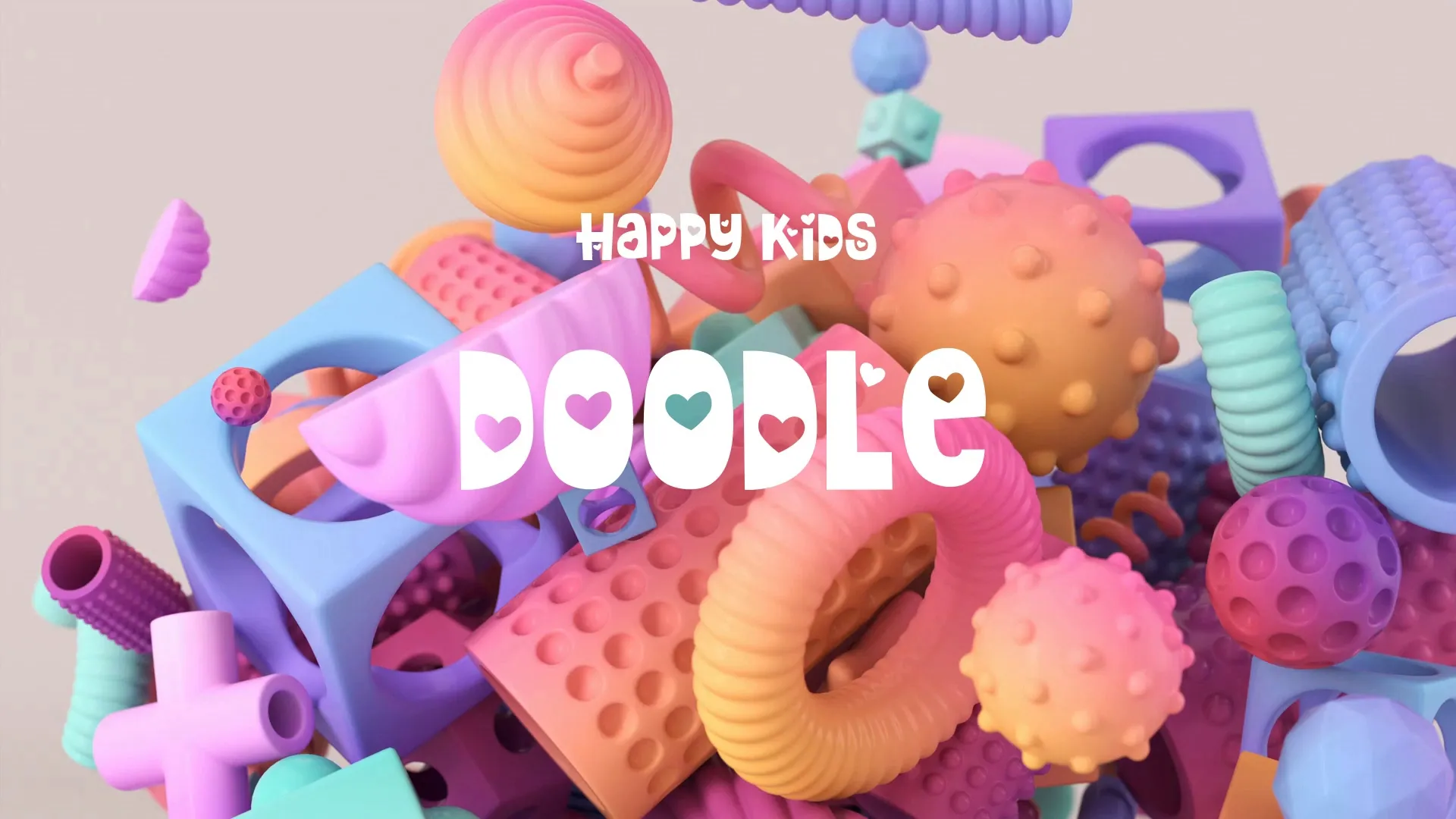Crafting Compelling Game Narratives Through Visuals & Sound Design
Crafting Compelling Game Narratives Through Visuals & Sound Design
Narrative in games extends far beyond dialogue and cutscenes; it’s woven into every visual and auditory element. Successful game narratives emerge from a cohesive blend of art direction and sound design, guiding the player’s emotional journey and understanding of the world.
Ignoring the power of these non-verbal storytelling methods leaves a significant portion of your narrative potential untapped. This guide explores how to harness visuals and sound to create deeply immersive and memorable game narratives.
Visual Storytelling: Beyond the Script
Visuals are the first layer of narrative engagement, communicating context, character, and conflict before a single word is read. Every pixel contributes to the story you are telling.
Environmental Storytelling
Design environments that tell a history. Worn-out furniture, scattered papers, or overgrown ruins can imply past events, character traits, or world-state without explicit explanation.
Consider how the arrangement of objects, lighting, and textures can suggest a location’s purpose, the lives of its inhabitants, or a recent struggle. For instance, a pristine lab contrasts sharply with one showing signs of hasty abandonment, immediately raising questions.
Character Design and Expression
Character visuals communicate personality, backstory, and current emotional states instantly. A character’s silhouette, clothing, and posture are powerful narrative tools.
Subtle facial expressions and body language in animations can convey more emotion than pages of dialogue. Ensure your character designs align with their narrative roles and arcs.
UI/UX as Narrative Elements
User interface and experience design can also reinforce your narrative themes. A minimalist, elegant UI might suit a futuristic, high-tech world, while a gritty, worn UI could fit a post-apocalyptic setting.
How information is presented, the feedback players receive, and the overall aesthetic of your UI contribute to the game’s narrative tone and immersion. Think about how menu sounds or loading screen visuals can extend the story.
Sound Design: The Unseen Architect of Immersion
Sound design often operates below conscious awareness, yet it profoundly shapes player perception and emotional response. It can build tension, provide crucial information, and deepen the narrative.
Ambient Soundscapes
Ambient sounds establish location, time of day, and mood. The distant rumble of a city, the gentle chirping of crickets, or the eerie silence of an abandoned facility immediately transport the player.
Layering ambient tracks can create rich, dynamic environments that evolve with the narrative. For example, a sudden shift from peaceful forest sounds to the snapping of twigs behind the player can instantly signal danger.
Music as Emotional Guidance
Music is a direct conduit to emotion, enhancing narrative beats and foreshadowing events. Use leitmotifs to associate specific characters, locations, or themes with distinct musical phrases.
Create a free account, or log in.
Gain access to free articles, game development tools, and game assets.























